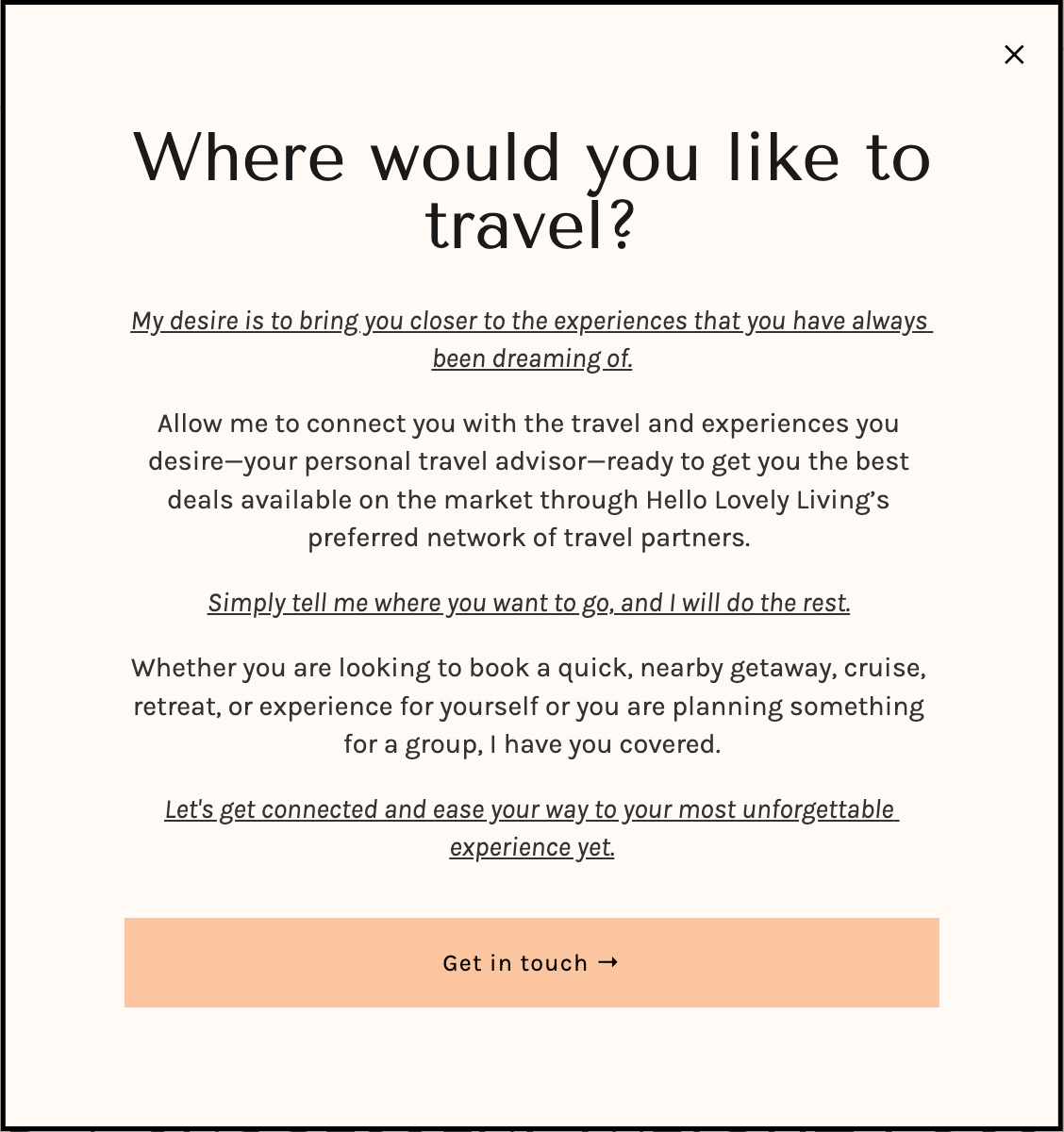Bicycle accidents can be distressing experiences, often leaving individuals confused about what steps to take in the aftermath. While preparing for a bicycle accident may seem like the last thing on anyone’s priority list, it is helpful to know what to do should you ever find yourself in this situation.
In the event of a bicycle accident in a city like Petersburg, specifically, it is crucial to know the right actions to take to ensure your safety, protect your rights, and facilitate a smooth recovery process.
In this guide, we outline eight essential actions to take following a bicycle accident, empowering you with the knowledge to handle the situation responsibly and effectively.
No. 1
Prioritize Safety
Your safety is paramount, and taking immediate action is crucial. If you can move, carefully relocate yourself and your bicycle to a safe area away from oncoming traffic. Use hazard signals, flashlights, or reflective gear to make yourself visible, especially if the accident occurred during low light conditions or at night.
If your injuries prevent you from moving, try to remain as still as possible until medical assistance arrives. Also, do not attempt to stand or move on your own, as it might worsen injuries.
No. 2
Seek Medical Attention
Even if your injuries seem minor, it is essential to have a medical professional assess your condition. Adrenaline can mask pain, and some injuries like whiplash or internal bruising might not manifest immediately. Delaying medical attention can exacerbate these injuries, leading to complications later.
Be sure to follow through with any recommended medical treatments, medications, or follow-up appointments. Keep a record of your medical visits and treatment plans for insurance claims and legal purposes.
No. 3
Contact Law Enforcement
Call the police to report the accident immediately. Their presence ensures an official report is filed, documenting the incident accurately. Cooperate fully with law enforcement officers, providing them with honest and detailed information.
A police report can be invaluable for insurance claims, especially if there is a dispute about the circumstances of the accident. Obtain a copy of the police report for your records, as it serves as crucial evidence when dealing with insurance companies or legal proceedings.
No. 4
Consult Legal Advice
If you sustained injuries or significant property damage, it is advisable to consult a personal injury attorney experienced in handling bicycle accidents. Looking at finding bicycle accident lawyers in Petersburg? Start by researching reputable law firms specializing in personal injury cases in the Petersburg area. Look for attorneys with a proven track record in handling bicycle accident claims.
Online legal directories, local bar association websites, or recommendations from friends and family can be valuable resources in your search. Once you’ve identified potential attorneys, schedule consultations to discuss the specifics of your case. During these meetings, ask about their experience, success rate, and the approach they would take in handling your situation.
No. 5
Gather Information
Collect comprehensive information from all parties involved in the accident. This includes their names, addresses, phone numbers, and email addresses. Note the vehicle’s make, model, color, and license plate number. If there are witnesses, politely ask for their contact details too.
Additionally, document the accident scene thoroughly. Take pictures of the vehicles involved, your bicycle, any visible injuries, road conditions, traffic signs, and signals. These visual records can serve as crucial evidence later on, providing a clear picture of the accident scene.
No. 6
Seek Emotional Support
Experiencing a bicycle accident can be emotionally traumatic. It is essential to seek emotional support from friends, family, or a counselor. Talking about your experience and feelings with someone you trust can help you cope with the emotional trauma.
Additionally, support groups for accident survivors or therapy sessions are available and can provide a safe space to express your emotions, allowing you to heal mentally and emotionally.
No. 7
Preserve Evidence
Diligently preserve any evidence related to the accident. This includes your damaged bicycle, torn clothing, or any personal items that were damaged during the incident. Avoid repairing or replacing damaged items until they have been inspected and documented.
These items act as physical proof of the accident and can support your claims during insurance negotiations or legal proceedings. Store them in a safe place, ensuring they remain in the same condition as after the accident.
No. 8
Notify Your Insurance Company
Contact your insurance company promptly to report the accident. Provide them with detailed and accurate information about the incident. Be honest and clear in your description of the events, as honesty is essential in the claims process.
Your insurance provider can guide you through the claims process and help you understand your coverage. Keep a record of all communication with your insurance company, including dates, names of representatives spoken to, and summaries of discussions. This documentation can be valuable if disputes arise during the claims process.
Takeaways
In the face of a bicycle accident, swift and informed action is paramount. By following these eight crucial steps—from ensuring your safety and seeking medical attention to documenting the incident and consulting legal advice—you are only protecting your well-being and safeguarding your rights.
Remember, taking prompt action can significantly impact the outcome of any legal or insurance claims. By staying calm, gathering necessary information, and seeking the appropriate assistance, you pave the way for a more straightforward recovery process after a bicycle accident.









